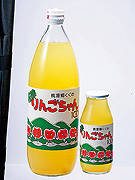
A unique building with an arrangement of Jōmon-style dwellings from the Jōmon period. You can taste it with a single Togengo gelato made of Kukino fruit for 360 yen. You can taste it with freshly baked bread for 150 yen.
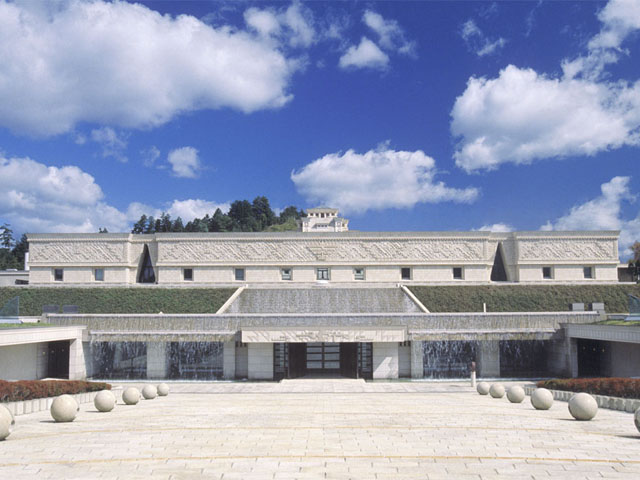
Architecture and space are the charm of beauty. The exterior, which mimics the "House of the Governor-General of Ushmal" and the "Pyramid of Ertahin-Wahang", is an exotic atmosphere. Natural history, history, books, and art exhibition rooms are located on the first to third basement floors above the ground. Japanese paintings include Taikan Yokoyama and Matsune Uemura, Western paintings include Van Gogh and Monet, and ukiyo-e, and among the wide collection, there is also a national treasure tachi. The exhibition of the history of the world's relics centered on Inca and Yama, as well as the exhibition of natural history such as fossils excavated from the Hida region. The full-size dinosaur model is very popular with children. One person or family can enjoy all day.
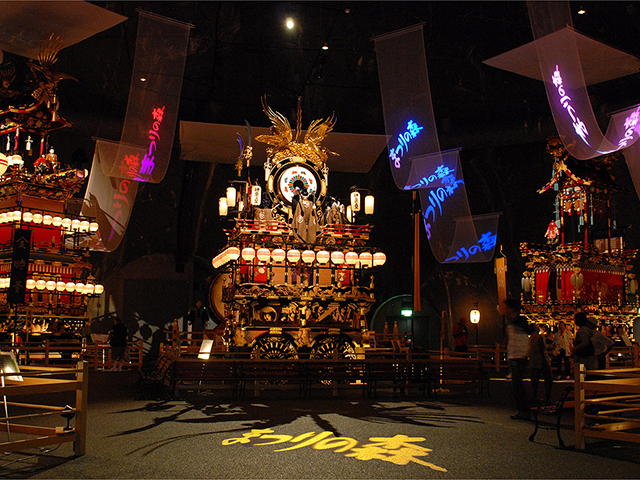
Six luxurious Heisei Festival stalls are displayed on the underground dome built by excavating the slopes of the mountain. It is a fantastic atmosphere wrapped in a moving light. Seven stalls of karakuri are also shown at five-minute intervals, among which "Fukushudai Karakuri" is a Heisei stall "Fukushudaidai", which is based on the Seven Lucky Gods, and is performed every hour from 30 minutes. The dance of the Karakuri doll is also auspicious, and there is a nice surprise when you see it to the end. "Taiko Karakuri" is the largest drum in the world made from a single tree, and has a maximum diameter of 2m73cm. The large drum, which is struck by three karakuri dolls from 40 minutes every hour, is a spectacular sound. The adjacent "Insects of the World" displays as many as 30,000 species and 100,000 specimens. From spring to autumn, there is also a forest where you can play with squirrels.
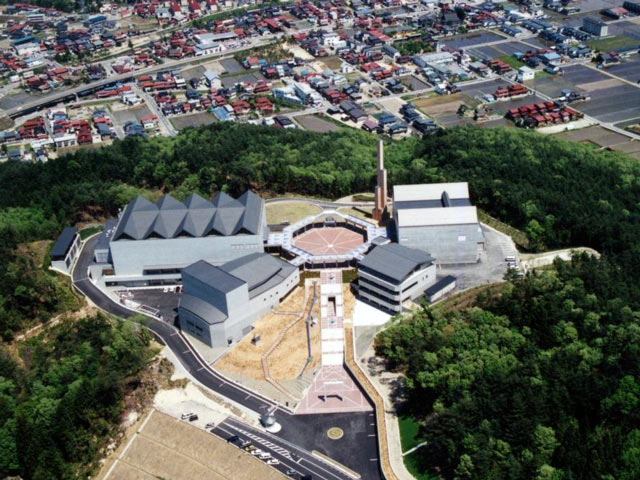
It is a core facility for the revitalization of the Hida area. The museum has a convention facility where events such as Hida and concerts are held, as well as a food theater.
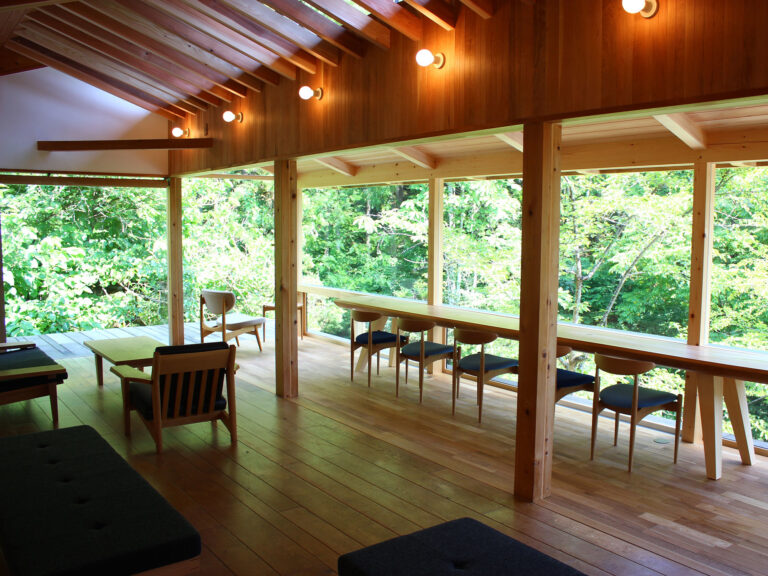
Oak Village was founded in 1974. From the beginning of its creation, under the motto "A tree that has been grown to take 100 years to become something that can be used for 100 years", it continues to propose that a sustainable circular society be realized with a renewable resource called "wood". The company continues to build goods with a focus on domestic wood, wooden crates and natural paints, and has gone from accessories to furniture to architecture. Let's check it at the Takayama showroom, which is a retail store.
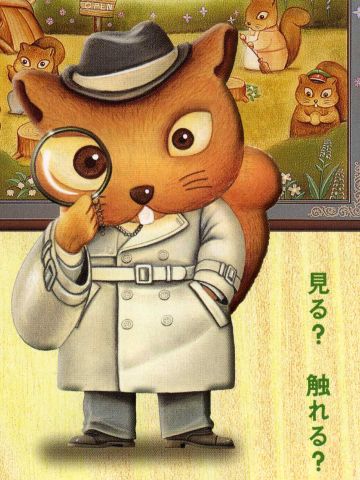
You can meet cute squirrels such as zoris and gray squirrels, mainly chipmunks and esoris. They sell feed sunflower seeds (100 yen), and can be fed directly to chipmunks who run around well. In the adjacent Hida wildflower natural garden, about 200 kinds of mountain grass can be enjoyed while taking a walk. Pets are not in cages with squirrels.
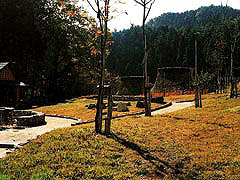
Kōmun Square, where five burial mounds can be seen, and the park, where there is a village of ancient settlements, where the restored dwellings of the Kofun period stand from the Jōmon period. You can also enjoy walking on the promenade and multipurpose square leading to the main shrine of Kumano Shrine. There is a learning center that displays archeological materials and folk implements excavated from the Akahogi site and burial mounds. The view of the alpine town and the surrounding area from the top of the hill is also excellent.
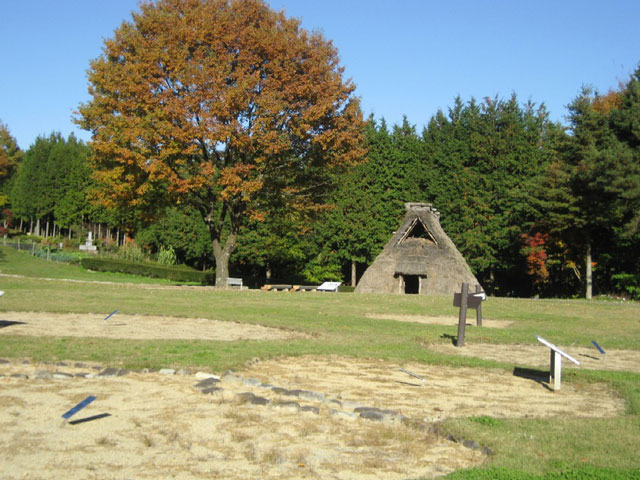
A park with the site of a pre-and mid-Jōmon period settlement (historical site). A pit house that conveys the life of the time has been restored in the park. At the adjacent Kukuno Historical and Folklore Museum (free, time: 8:30-17, holiday: Monday, day after public holiday, 12-March), about 200 items excavated and about 350 items such as agricultural tools and folk implements are exhibited.
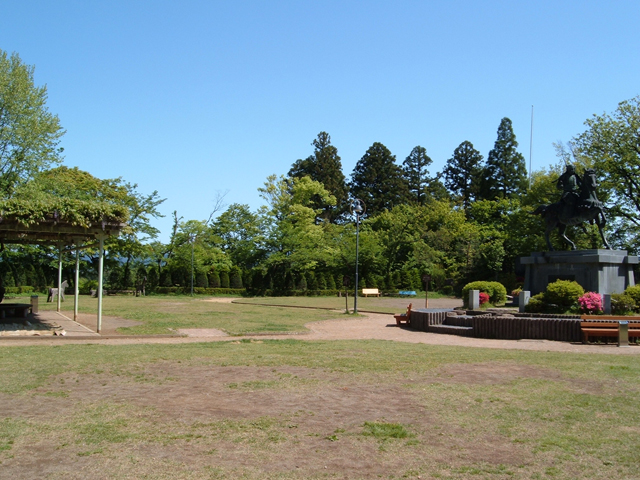
In Tensho 16 (1588), Nagaika Kanamori built a castle on this site to open a castle town and ruled it for 107 years. The sixth generation, Yoritoku, was sealed off by Dewa Province (now Yamagata Prefecture), and was demolished in the year of Genroku 8 (1695). The mountain castle was one of the largest in the nation at the time, but now the site of 20,000 square meters is still home to the Sannomaru moat, the Ninomaru Ishigaki and the site of the Tenjō. The view of the city from the square in the park, and the view of the Northern Alps such as Mount Norikura from the Golden Ryugaoka are wonderful. It is a spot of cherry blossoms in spring and autumn leaves, and you can enjoy forest bathing and bird watching while walking along the promenade.
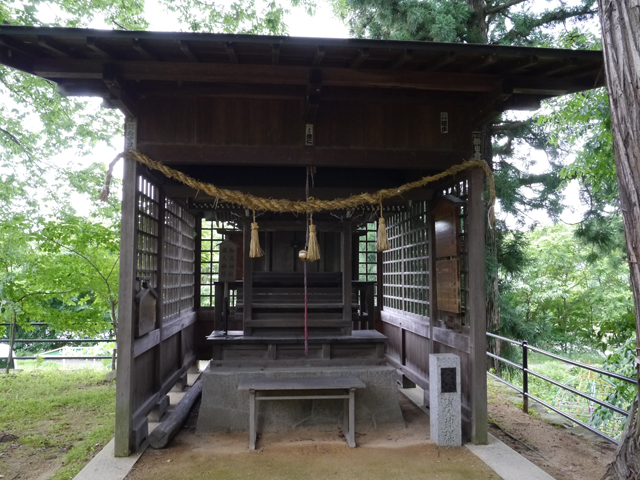
A shrine that has a legend about harboring a thief, rare in the whole country. It is nestled in a quiet area along the Miyagawa River in the northern part of the alpine city. In the past, when chasing a thief from Takayama city, it is said that he was always called the god of the thief because he was told that he lost his sight near this shrine. At present, some people use the word to steal, and visit each "Tori" with a request for taking guests, winning love, gaining popularity, etc. If you have a wish, you will need to use the word "take" to make a request.










